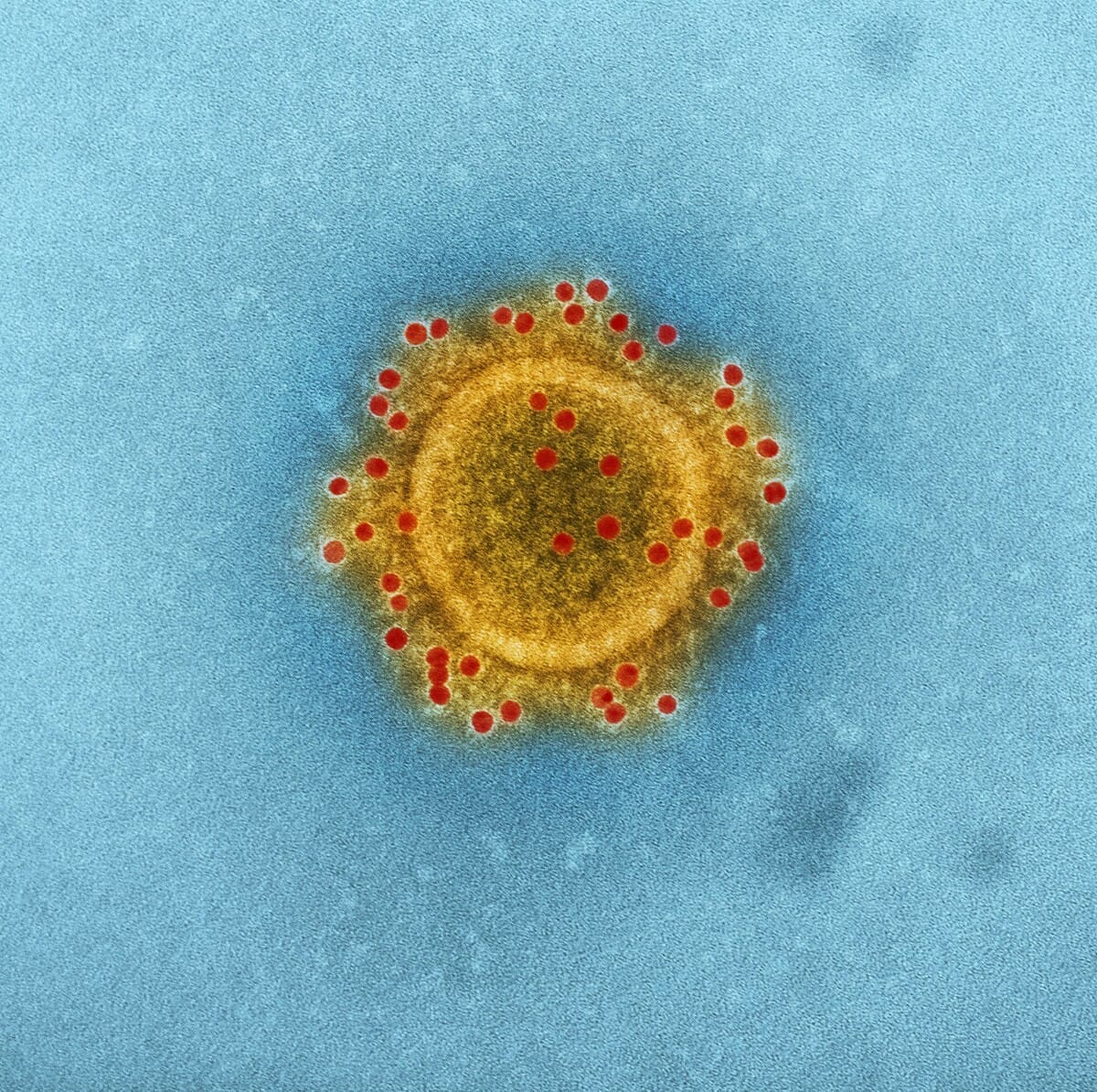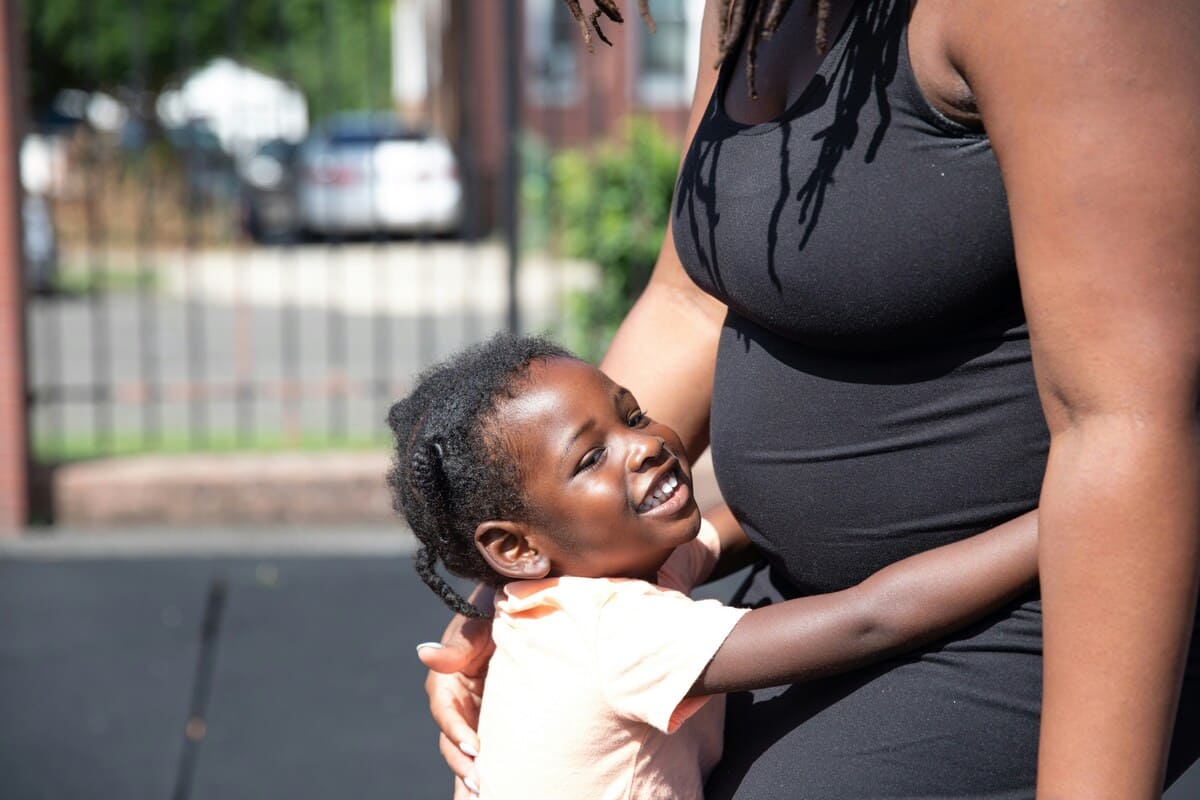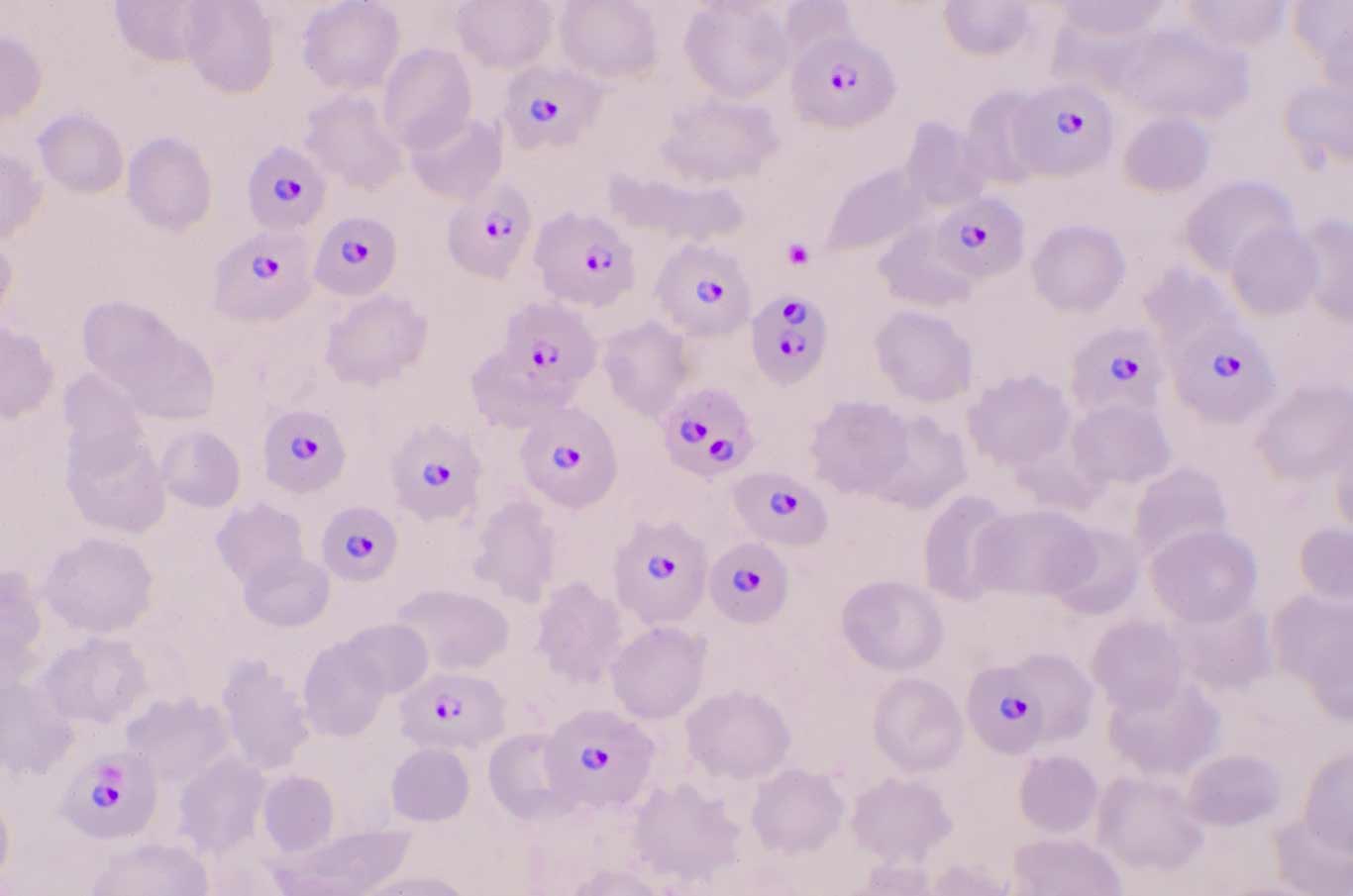Our programme continued to generate valuable insights on how the combination of genetic, lifestyle, occupational and environmental factors shape our health throughout life.
Respiratory health
We found that a higher body mass index and increased physical activity can help compensate lung function deficits in early childhood, with important implications for long-term respiratory health (1). A meta-analysis with 35,000 children from 8 European countries further highlighted the link between green urban spaces and respiratory health in childhood (2). Additionally, we found that exposure to air pollutants (PM2.5 and PM10) is associated with an increased risk of persistent long-COVID symptoms (3).
Brain health
We found that early life exposure to heat and cold may influence the development of the brain’s white matter, underscoring the vulnerability of foetuses and young children to extreme temperatures (4). We also explored resilience to Alzheimer’s disease, finding key differences between men and women in terms of risk exposures, brain pathologies and coping mechanisms (5).
Circadian health
Our research identified two specific habits associated with a lower body mass index (BMI) in the long-term: keeping a longer overnight fast and eating breakfast early. These findings emerged from a study of more than 7,000 volunteers aged 40-65 (6).
Molecular epidemiology
Using machine learning, we assessed the cumulative impact of early environmental exposures on mental, cardiometabolic and respiratory health. This allowed us to estimate individual risk scores (7), which could help tailor prevention measures in healthcare. Additionally, we found new evidence on how early exposure to air pollution and green spaces influences microbiota composition (8).
Chemicals and water pollutants
Radiation
Occupational health
Assessing exposure to radiofrequency electromagnetic fields at work is challenging due to the considerable variability between occupations. We showed that the historical method for estimating these exposures needs to be updated with more targeted personal measurements (12).
2024 also saw the launch of exciting new projects to address environmental and occupational health challenges, including INTERCAMBIO (Horizon Europe) aimed at promoting mental and physical health in response to changing work environments; PLASTICINE, a FIS-funded project exploring exposure to microplastics and their effect on intestinal inflammation, permeability, and microbiota; and a NIH-funded project to investigate the impact of early-life environmental exposure mixtures on biological ageing in children and adolescents.
References
- Koch S et al. Thorax
- Fernandes A et al. Environ Int
- Sauch A et al. EHP
- Granés L et al. Nat Clim Change
- Arenaza-Urquijo EM et al. Alzheimers Dement
- Ponz-Muzzo et al. Int J Behav Nutr Phys Act
- Guimbaud JB Commun Med
- Cruells A et al. Environ Res.
- Güil-Oumrait et al. Jama Network Open
- Munyangaju I et al. BMJ Public Health
- Munyangaju I et al. PLoS One
- Turuban M et al. Ann Work Expo Health















